New Veracode Research Shows Developers Remediate Low-Severity Flaws with More Urgency than Severe Flaws; New Capabilities Enable Organizations to Prioritize Remediation That Matters Most
As Developers Struggle to Prioritize Security Debt, Veracode Announces Latest Innovations to Identify and Unify Critical Risk
For more information, please contact:
Katy Gwilliam
kgwilliam@veracode.com
Black Hat USA Conference (booth #2536) – code&index=1&md5=c4fb11563685d617c1b8fa0ac2bc4a65" shape="rect">Veracode, a global leader in application risk management, today announced platform innovations to help organizations uncover, prioritize, and reduce security debt across their growing attack surface. Universal Connector and Application Security Heatmap, the two newest capabilities from Longbow powered by Veracode, allow organizations to quickly connect findings from any source and see the applications that are contributing to the most risk. Together, the Universal Connector and the Application Security Heatmap provide clear, operational insight into assets and issues, allowing remediation actions to be prioritized by quantifiable risk.
This press release features multimedia. View the full

release here: https://www.businesswire.com/news/home/20240801020287/en/

Figure 1: State of Software Security 2024 Language Snapshot (Graphic: Business Wire)
“The combination of mounting security debt, an expanding attack surface made more vulnerable by generative AI, and an overwhelming volume of security alerts makes it challenging for organizations to know which application risks to prioritize,” said Chris Eng, Chief Research Officer at Veracode. “In fact, our State of Software Security research shows that many organizations are more focused on remediating low-severity flaws than critical flaws. Security leaders need technology that enables them to effectively uncover and manage application risk, and then reduce that risk by focusing on the issues that matter most across their entire attack surface.”
Prioritization of Security Debt: Critical vs Non-critical
In its State of Software Security 2024 Language Snapshot, Veracode revealed the varying prevalence of “critical” and “non-critical” security debt among applications written in different languages. Critical security debt is defined for this report as high-severity flaws that remain unfixed for longer than a year. If exploited, these flaws would put the integrity and availability of organizations at serious risk.
The research found that while most security debt exists in first-party code written by in-house developers, the most critical security debt resides in third-party code (e.g., open-source software imported into the codebase). For example, 80 percent of critical debt in Java apps, and 63 percent in JavaScript apps, is in third-party code. The report also found about 51 percent of critical flaws in Java apps turn into security debt, while only about 45 percent of low to medium flaws progress into security debt.
Eng said, “With the overflowing volume of security flaws, developers are not prioritizing those that present the most risk. While focusing on non-critical flaws may result in some quick fixes, developers should use their limited capacity to work on fixing critical flaws with the highest potential impact on security.”
Putting Visibility and Prioritization First: Universal Connector & Application Security Heatmap
Building on Veracode’s acquisition of Longbow Security in April this year, and the introduction of Longbow’s Repo Risk Visibility and Analysis capability in May, Universal Connector and Application Security Heatmap are designed with developers’ time in mind. The capabilities provide operational oversight to help developers and security teams quickly identify and prioritize the most important fixes for growing security debt across their applications.
Universal Connector allows organizations to quickly access disparate source data they otherwise couldn’t bring into the Longbow platform, meaning they don’t have to wait for a tool-specific connector. The Application Security Heatmap maps the application back to the owner and shows a 90-day risk trend, as well as enabling customization of the risk threshold to meet organizational policy. Application security teams and developers can analyze each application, view the distribution of risk, and implement recommendations for the Best Next Action™ to remediate that risk.
“As organizations seek to find and fix mounting critical security debt, the need for risk-focused visibility and prioritization is clear,” said Derek Maki, Vice President of Product Management at Veracode. “The new capabilities in the Longbow platform provide our customers with a deeper understanding of an organization’s riskiest applications, plus the unique ability to identify the top five most impactful solutions for improvement.”
Enhanced by the Longbow acquisition, Veracode closes the gap between development and security teams, delivering visibility from code repositories to cloud assets and runtime. Longbow also identifies infrastructure-as-code and misconfiguration risk for cloud assets originating from repositories.
The Longbow Universal Connector and Application Security Heatmap are available immediately. For more information, please visit the website or watch the interview with Brian Roche, Veracode Chief Executive Officer, and Derek Maki.
The full State of Software Security 2024 Language Snapshot is available on the Veracode website.
Visitors to the Black Hat USA Conference, August 3-8, 2024, can learn more about Veracode’s platform and these new features by visiting Veracode’s booth #2536 for a demo.
About the State of Software Security Report
The Veracode State of Software Security 2024 report analyzed data from large and small companies, commercial software suppliers, software outsourcers, and open-source projects. The research draws from more than a million (1,007,133) applications across all scan types, 1,553,022 dynamic analysis scans, and 11,429,365 static analysis scans. All those scans produced 96 million raw static findings, 4 million raw dynamic findings, and 12.2 million raw software composition analysis findings.
About Veracode
Veracode is a global leader in Application Risk Management for the AI era. Powered by trillions of lines of code scans and a proprietary AI-assisted remediation engine, the Veracode platform is trusted by organizations worldwide to build and maintain secure software from code creation to cloud deployment. Thousands of the world’s leading development and security teams use Veracode every second of every day to get accurate, actionable visibility of exploitable risk, achieve real-time vulnerability remediation, and reduce their security debt at scale. Veracode is a multi-award-winning company offering capabilities to secure the entire software development life cycle, including Veracode Fix, Static Analysis, Dynamic Analysis, Software Composition Analysis, Container Security, Application Security Posture Management, and Penetration Testing.
Learn more at www.veracode.com, on the Veracode blog, and on LinkedIn and X.
Copyright © 2024 Veracode, Inc. All rights reserved. Veracode is a registered trademark of Veracode, Inc. in the United States and may be registered in certain other jurisdictions. All other product names, brands or logos belong to their respective holders. All other trademarks cited herein are property of their respective owners.
View source version on businesswire.com: https://www.businesswire.com/news/home/20240801020287/en/
Veracode has announced platform innovations to help organizations uncover, prioritize, and reduce security debt across their growing attack surface, with Universal Connector and Application Security Heatmap from Longbow Security.

 Business wire
Business wire 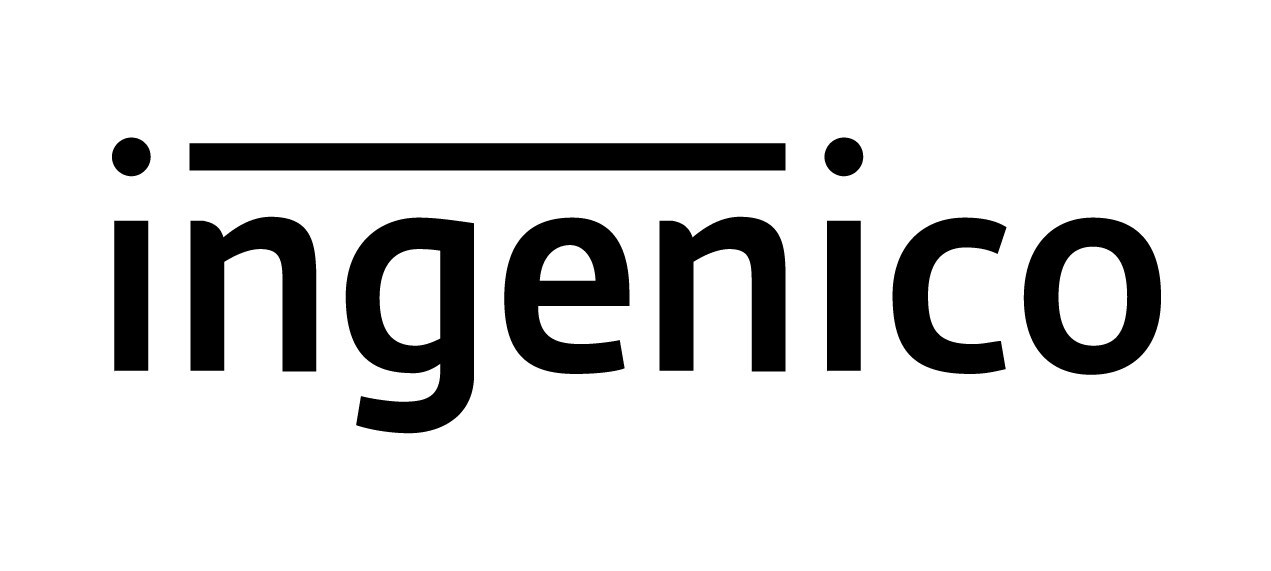
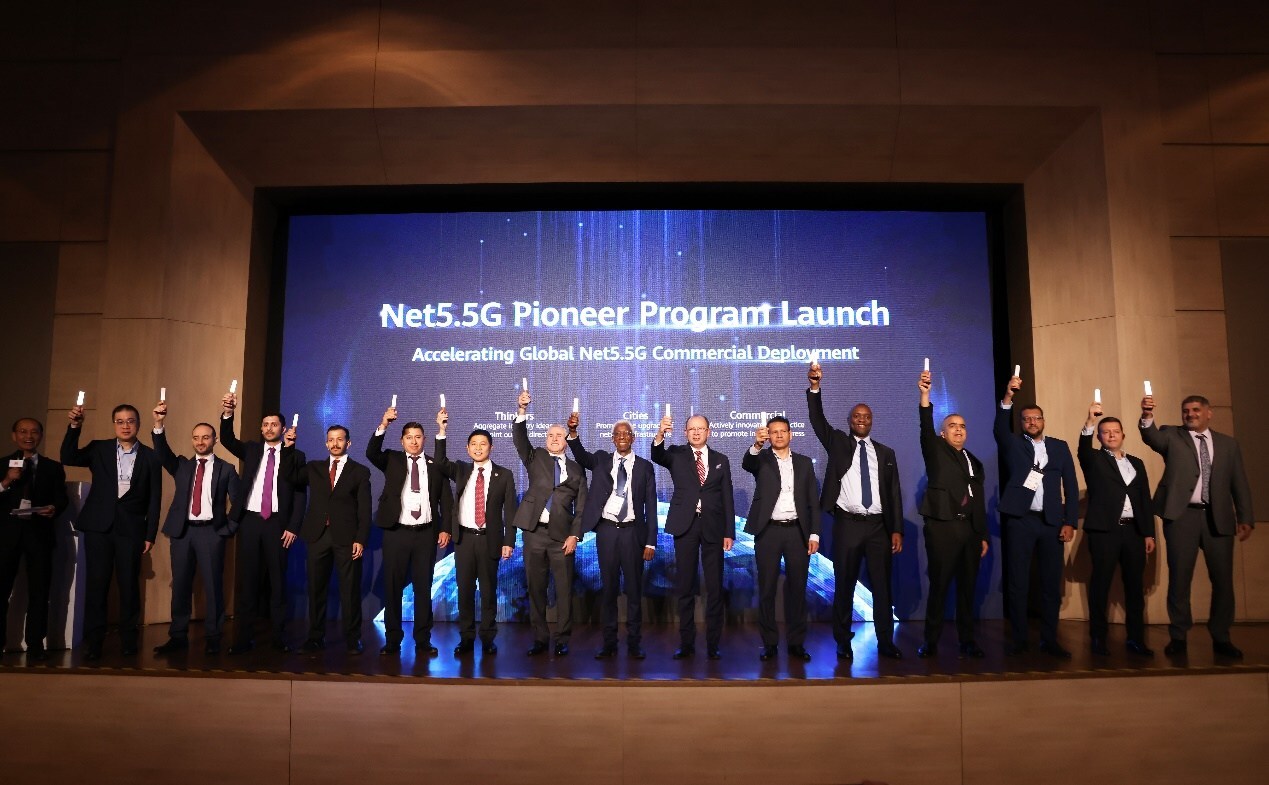
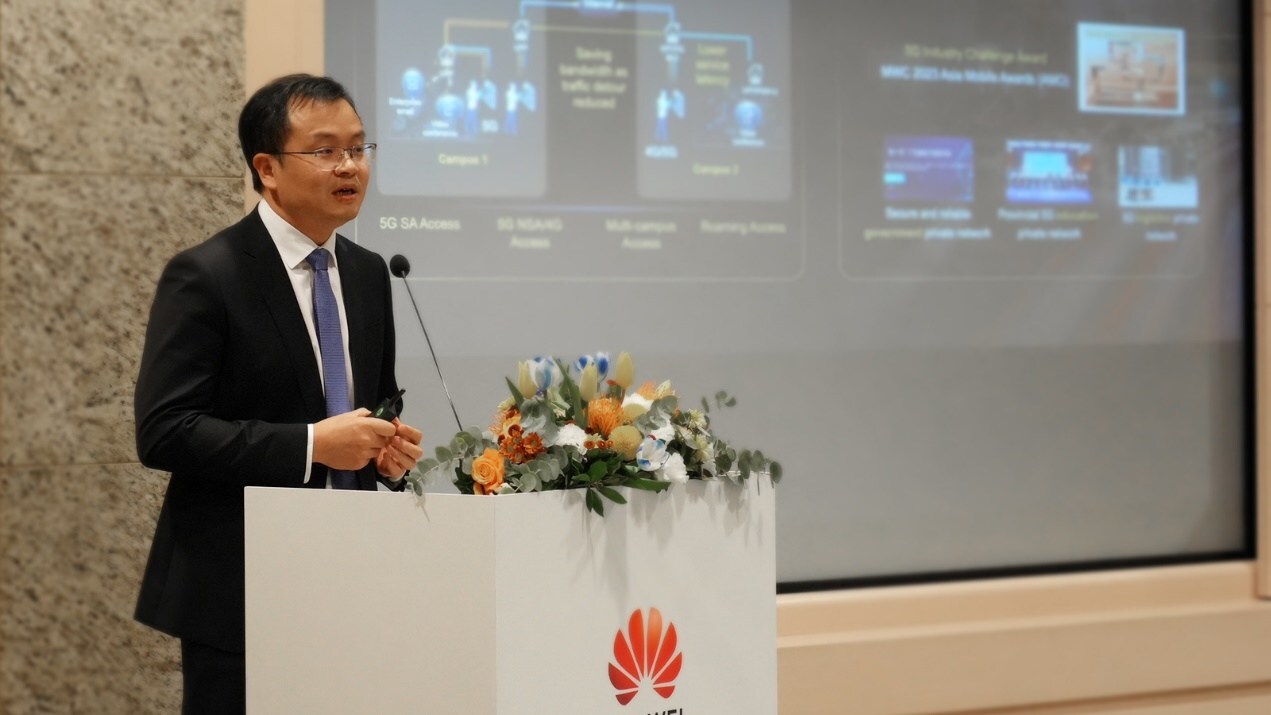
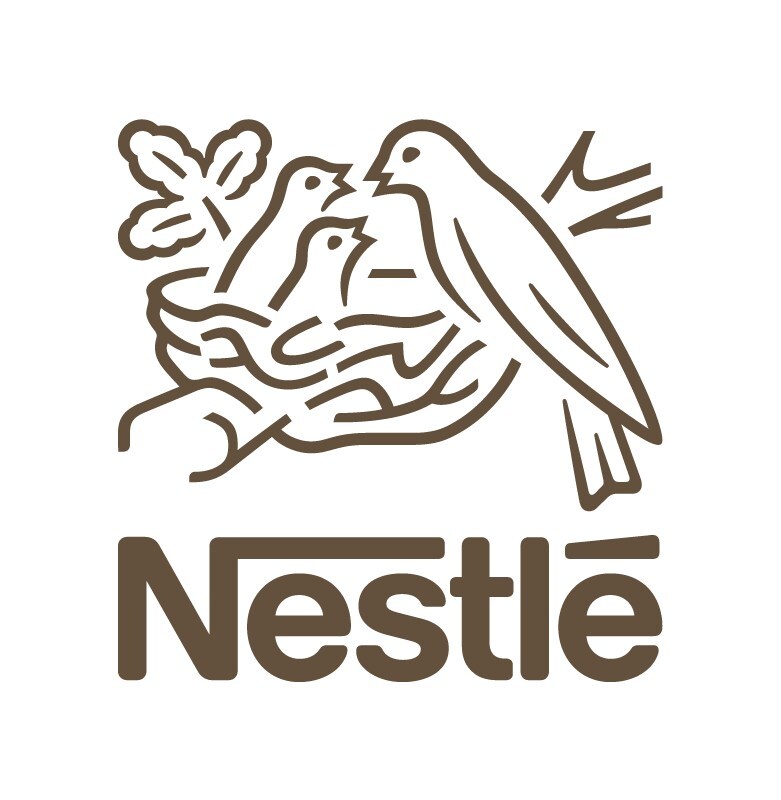
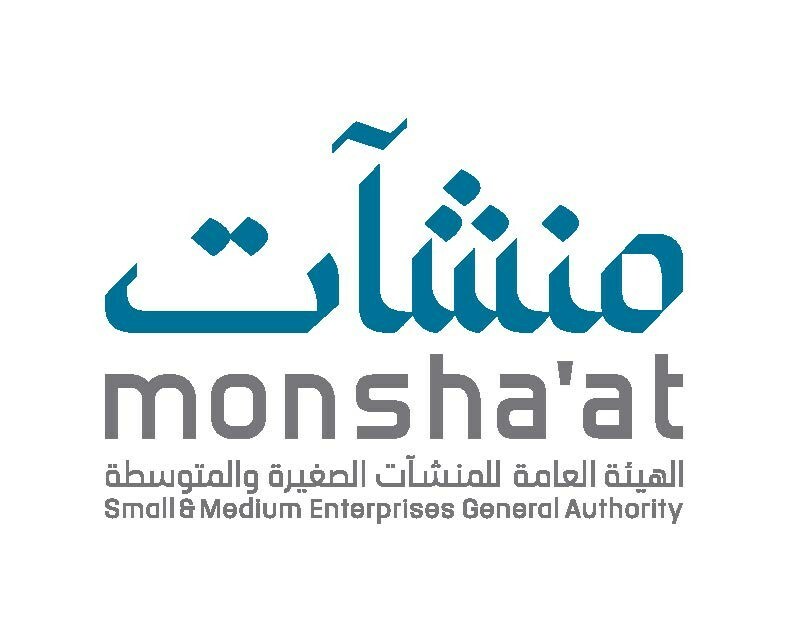
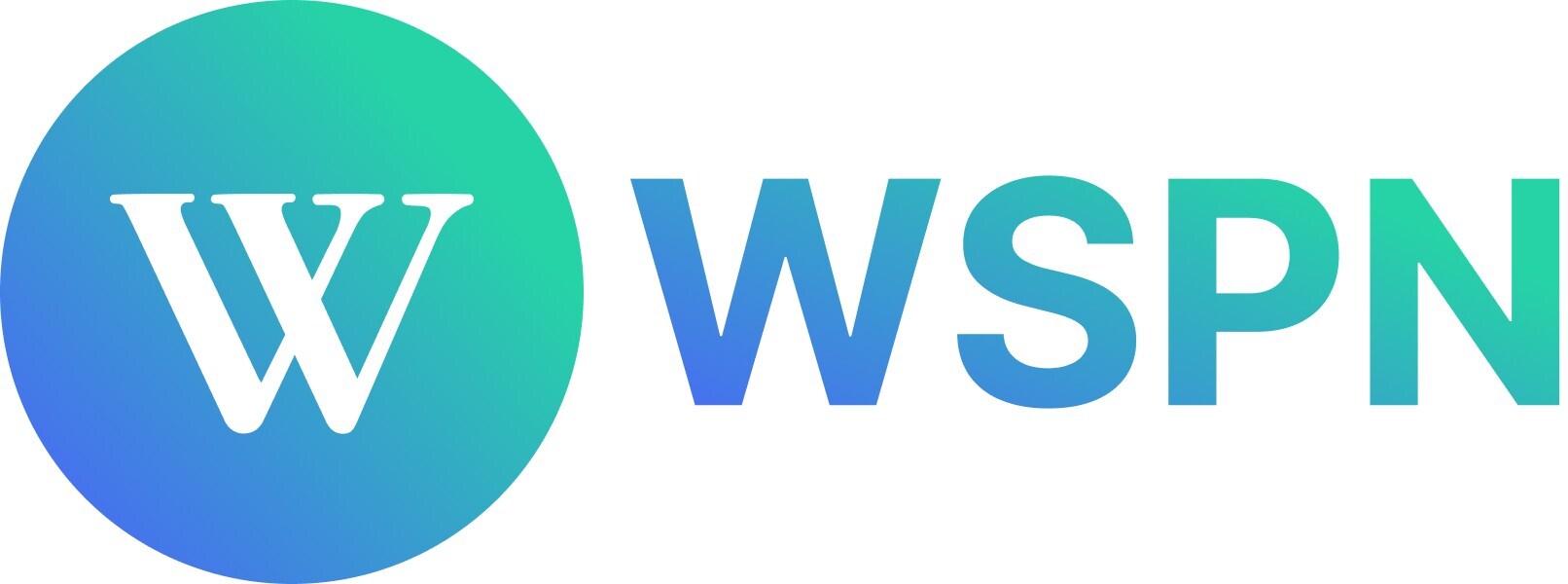
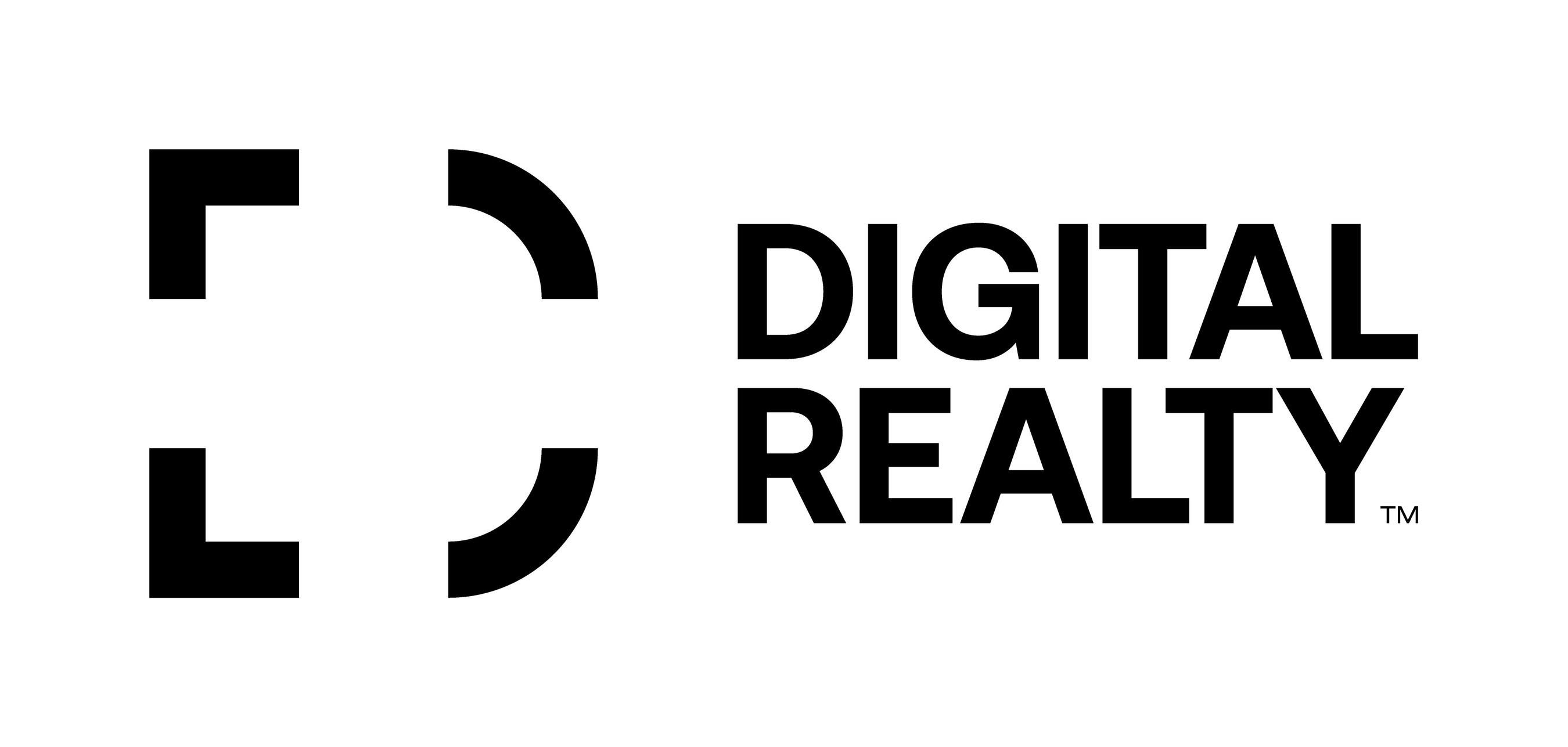


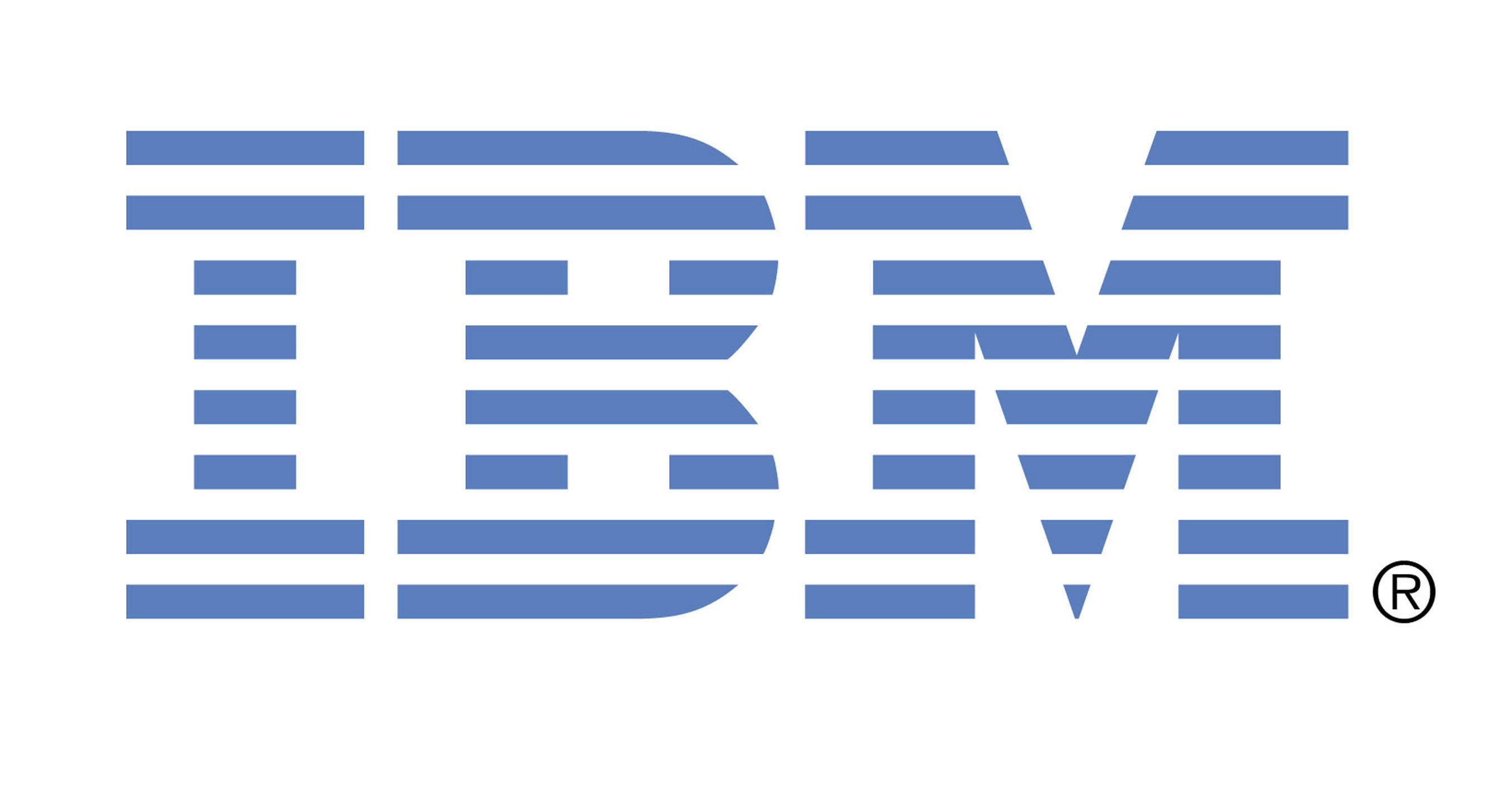
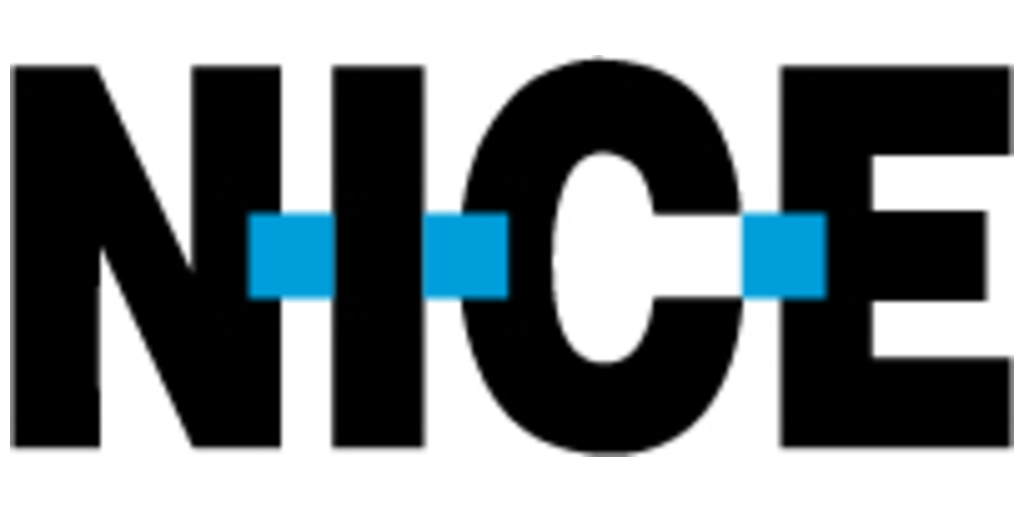
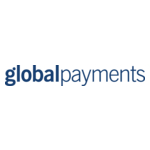
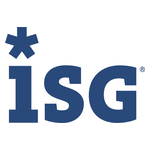
Add Comment